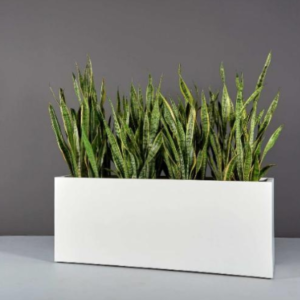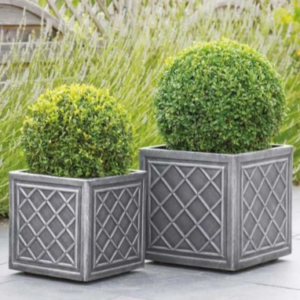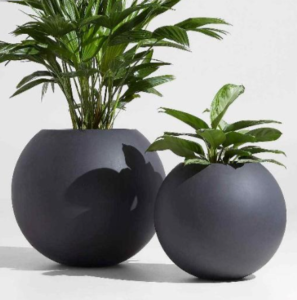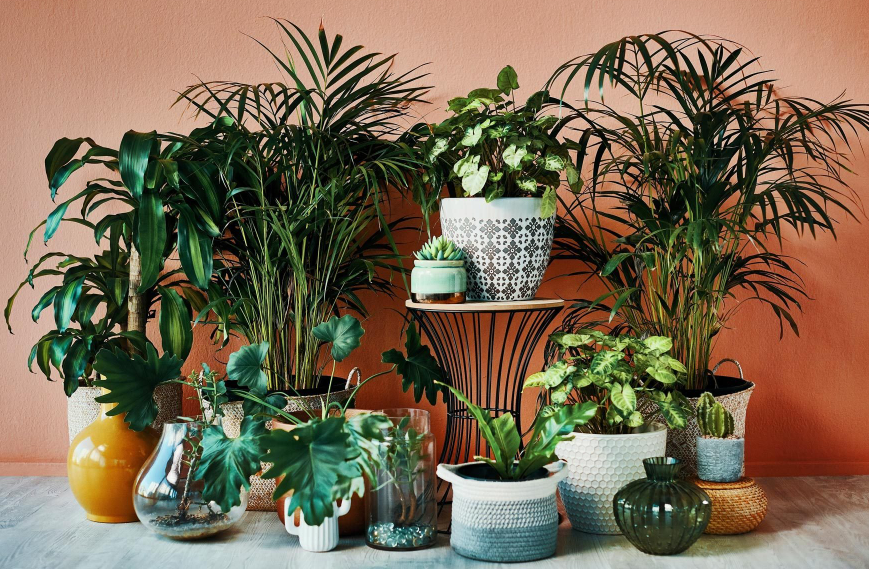Do the type of pot and its size affect the plant’s ability to grow and maintain its health? The quick answer is that it most certainly does. The following is a detailed explanation of how to select the ideal container for your plant and achieve stunning results with your landscaping design.
The pot is a haven of safety, a place to call one’s own, and a setting in which one can not only survive but also develop and thrive. Therefore, it is not something to gloss over but rather something that deserves careful consideration when choosing a container for your cherished plant.
When you realize how many kinds of pots are available, the fact that containers are an important factor to consider can be extremely overwhelming. It may come as a surprise to learn that the plants housed within flowerpots are significantly influenced by factors such as their shape, size, material, color, style, weight, and other characteristics. We are aware of this, which is why we have compiled a guide about the various shapes of mini planter pots in case you are planning to build a wholesale business for pots or just plan to buy pots for your home.
Varieties of Containers Used for Plants and Their Shapes
-
Rectangular containers

The popularity of rectangular planter shapes can be attributed to the versatility of these containers. Because they have a distinct “front” and “back” or “left” to “right,” you will have the ability to plant an even row of flowers, vegetables, or even hedges! Since the back is intended to be used for drainage, you should never forget to make some holes in the bottom of the back. This ensures that water can drain effectively from the pot.
-
Square containers
Square containers allow you to neatly arrange your pots and look great as a decorative element when lining a pathway or marking an entrance. They are also convenient for storing items. When gardening in containers, a square arrangement can make it simpler to water the plants because there are fewer spaces between the containers for the water to evaporate.
In addition to providing more volume for the same height, a square pot also offers more surface area that can be used for planting than a round pot can. This ensures that there is more room for the potting soil and nutrients to be packed in. If you want to grow rows of flowers or if you are cultivating herbs for consumption, having this additional space is beneficial to you.

-
Round Containers
Plants that are grown in smaller pots, such as herbs, vegetables, and flowers, are typically the ones that are planted in round planters. Some individuals favor them because they have a charming appearance and can be used in a wide variety of ways within interior design.
On the other hand, they are not very useful for growing large plants because they have the propensity to topple over easily and because they do not have a front or a back, which makes it more difficult for plants to grow evenly together. Because of this, a circular planter works best for housing a single plant or a small number of plants.
Steer clear of round pots with tapered bases if you want a round design for something large like a tree. These types of pots have more stability issues than round pots with flat bases. Additionally, there is the viewpoint that round pots encourage the development of circling roots, which leads to problems with absorption. If you have a pot that is large enough, this won’t be much of a problem at all!

Wrap Up
We hope that by the end of this guide, the significance of making the appropriate selection of planter has become abundantly clear. And for your wholesale business, choosing the appropriate manufacturer is the easiest and most important part.

